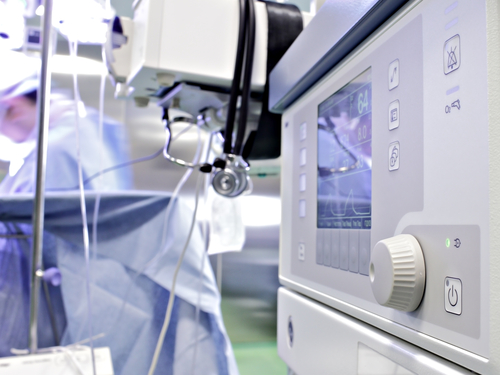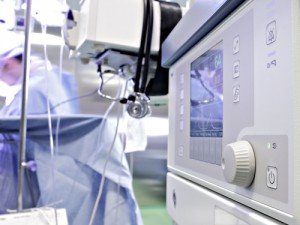Researchers Explore Electroanatomic Substrate as Part of New Systemic Sclerosis Study
Written by |

 In the study entitled “Electrical storm in systemic sclerosis: Inside the electroanatomic substrate” published in World Journal of Cardiology the authors describe a case report of a 63-year-old woman with a severe form of systemic scleroderma with cardiac involvement. In the report, the researchers highlight how catheter ablation was a successful method to treat patient ventricular tachyarrhythmias.
In the study entitled “Electrical storm in systemic sclerosis: Inside the electroanatomic substrate” published in World Journal of Cardiology the authors describe a case report of a 63-year-old woman with a severe form of systemic scleroderma with cardiac involvement. In the report, the researchers highlight how catheter ablation was a successful method to treat patient ventricular tachyarrhythmias.
Systemic scleroderma (or systemic sclerosis) (SS) is an autoimmune disease characterized by skin thickening, a process known as fibrosis. While in some types the hardening is confined to skin on the head, face, and feet, in more severe cases, it affects internal organs such as kidneys, heart, lungs, and intestine. The disease is currently without an approved treatment and is associated with high mortality rates.
Frequent clinical manifestations of SS-associated cardiovascular damage include tachyarrhythmias (a disorder where heart rhythm rate is above 100 beats per minute, bpm). These are associated with poor outcomes and were shown to represent 6 to 12% of cause of death in the European League Against Rheumatism Scleroderma Trials and Research (EUSTAR) database, respectively.
In the case of SS patients, due to their health status, researchers stress that treatment should be personalized to each condition. Currently, no specific recommendations for the treatment of ventricular tachyarrhythmias exist, nor are there are reports of the use of catheter ablation (medical procedure used to treat some types of arrhythmias) for SS patients. Here, the authors report the first case of an SS patient with ventricular tachyarrhythmias where by applying a substrate-guided strategy of catheter ablation resulted in the isolation of the heart aneurism and abolishment of all abnormal electrical activities. Thus, the authors suggest that catheter ablation should be considered as a treatment in SS patients with sustained, monomorphic ventricular tachyarrhythmias that fail to respond to medicine therapy. The authors highlight that catheter ablation strategy requires accurate imaging of the affected ventricle (in their case acquired by angiography and real time echo), combined with high density mapping of the scar area and its surroundings. This substrate-guided strategy led to the successful ablation of abnormal electrical activities.





